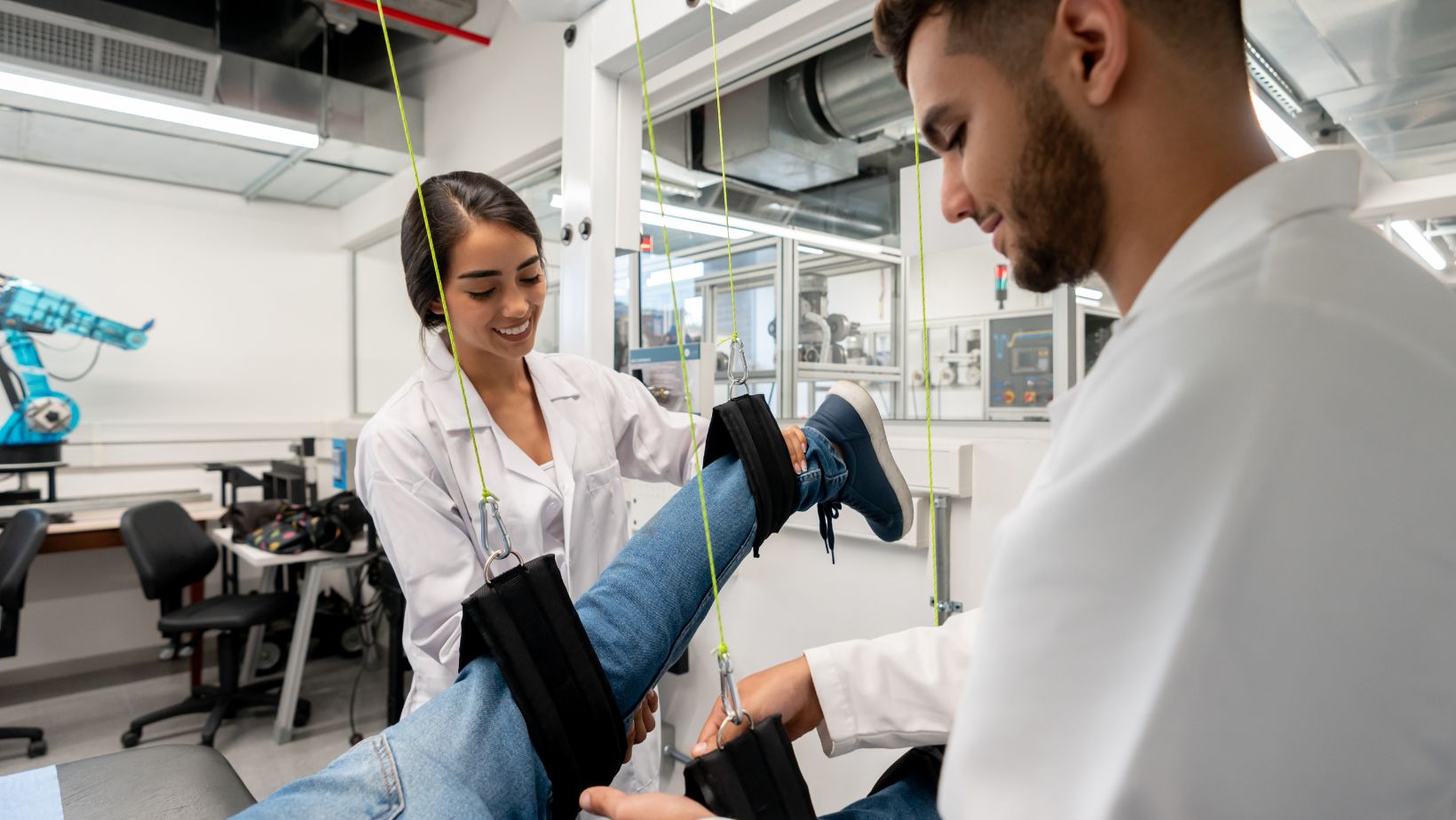Today’s sports are more fast-paced, aggressive, and physically demanding than ever before. The limits of human performance are consistently being tested. Nobody is safe from sustaining injuries and these injuries tend to alter careers and life paths permanently. This is precisely why biomechanics is so important. With the evolution of modern technology, biomechanic analysis assists athletes tactically modify their training routines and movement patterns to aid them in post injury prevention.
From being a mere laboratory curiosity, biomechanics has advanced into an important aspect of modern constitutes all around the globe. By analyzing the muscle, joint, and bone integrations of different movements, biomechanics can assist sport properly diagnose troubling and harmful movements well before they lead to damage.
Understanding the Body Through Motion
Biomechanics is first and foremost an anatomy, physics, as well as engineering study dealing with movement. In the world of athletics, it goes as far as tracking the foot impact of a sprinter or the rotational movement of a pitcher’s arm while throwing the ball. Motion capturing cameras, wearable sensors, and force capturing plates are all essential tools for measuring dynamic forces for specific body joints.
What makes this truly groundbreaking is its capacity to uncover issues that might otherwise go unnoticed. An athlete may feel perfectly fine; however, a biomechanical analysis can detect underlying imbalances, such as disproportionate weight distribution across legs or minor deviations in hip rotation. ACL tears, stress fractures, and overuse injuries can result from such imbalances if they are not taken care of.

This information is now being adopted into the daily activities of teams and training centers. Many performance centers have started using biomechanics for preseason evaluations and customizing injury prevention plans for individual athletes. Some even combine these processes with digital health applications like the best online casino platforms, but unlike the casino, the aim here is to win in health instead of chance.
Biomechanics and Real-Time Feedback
The application of real-time feedback in biomechanics is one of its most remarkable areas of advancement. Athletes today can receive immediate alerts regarding their posture, muscle engagement, or load distribution courtesy of wearable gadgets. A football player doing cuts during drills, and getting feedback on whether his/her knees are overly absorbing force, is a stride in feedback technology that was unthinkable a decade ago.
This technology is particularly useful for sports with higher rates of injury, such as soccer, American football, and basketball. It enables coaches to immediately alter drills or change techniques, which greatly reduces the chances of injuries due to strain and fatigue.
Heard of Biomechanics? Frankly, they aren’t only assisting professionals, College programs, and even secondary school teams are starting to incorporate this tech to help protect young athletes. The younger a player is taught to perform movements efficiently and safely, the more favorable their long-term outcomes will be.
Case Studies: From Prevention to Longevity
NFL teams like FC Barcelona and European football giants such as New England Patriots have incorporated biomechanical analyses into their routines. Monitoring players’ movements, especially post-minor injuries, ensures their safe return to competition. NBA veteran Chris Paul is another example worth noting. Following persistent hamstring problems, he turned to working with specialists who assessed his running technique. Alterations in the degree of his stride and range of motion at the hip joint significantly lowered his injury rate and prolonged his peak years.

In many respects, biomechanics is giving athletes more control over their career. Rather than responding to injury, they now have means to preemptively mitigate risks not only to their performance, but also their career.
A Growing Presence in Fan and Fitness Culture
The world of biomechanics has been expanding beyond elite sports as fitness fanatics, personal trainers, and even amateur joggers are delving into the world of biomechanics. The advent of wearable devices and mobile applications now provide users with data related to gait, posture, and force patterns, which was confined to elite labs in the past.
Such awareness is being contributed to by social media, where platforms such as MelBet Instagram Bangladesh highlight athletes during training and share the technology used to keep athletes injury-free. This blend of infotainment is motivating a large population to think critically about their movements and the protection of their bodies.
Fitness biomechanics has also seen an emergence of content fueled by the use of slow-motion videos coupled with analysis overlays and breakdowns to educate followers, which is helping in the prevention of injuries by democratizing such information.
Where the Future Is Headed
AI and machine learning may be responsible for the next advancements in the world of biomechanics. Systems that are already trained to detect risky biomechanical patterns recommend drills or exercises to correct them. In the near future, we can expect the emergence of virtual biomechanics coaches to guide the athletes in real-time and adapt workouts instantly.
With greater accuracy and availability, biomechanics will soon be a fundamental aspect of every athlete’s journey, rather than just the concern of a specialist. The purpose has shifted from merely recovering from an injury to entirely preventing them in the first place.
In a reality where a single miscalculation during movement can transform everything, this preventive measure stands out as the most crucial benefit there is.
